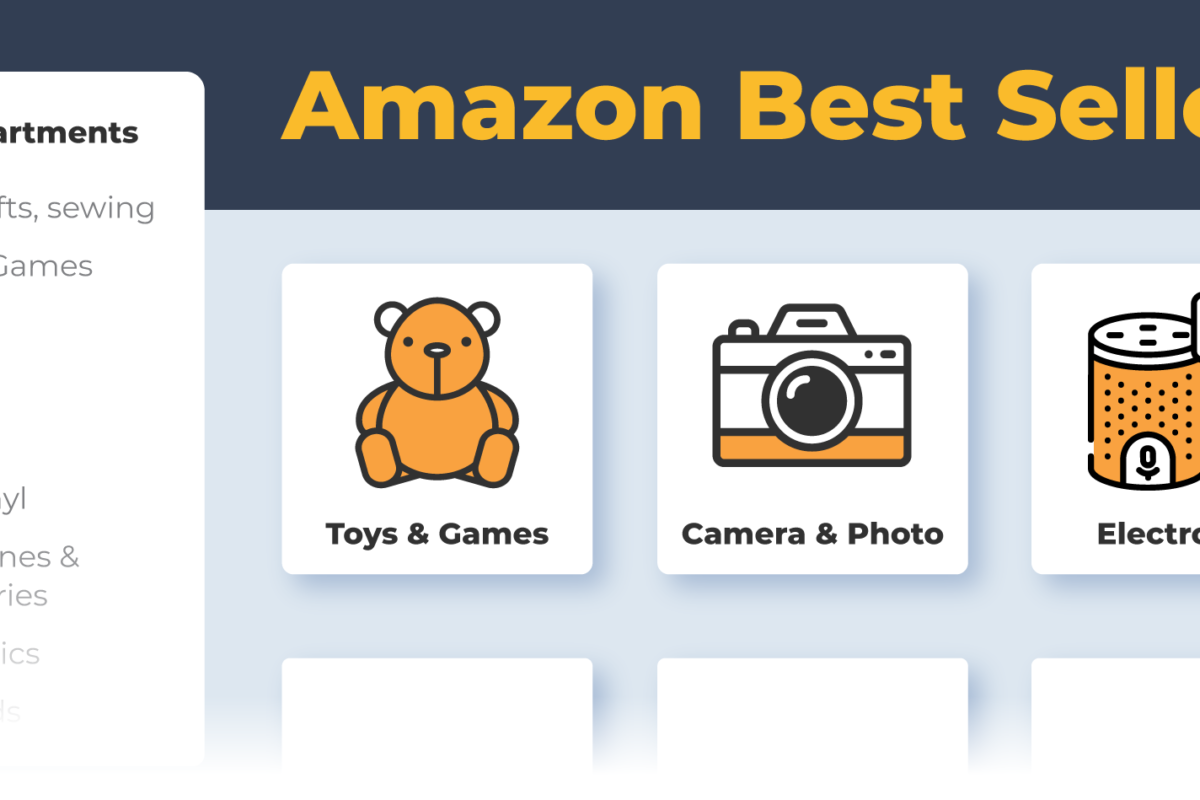Unless you happen to be a Goth, love punk music, or are into cult-movie merchandise, you probably haven’t heard of the US mall-based retail chain Hot Topic. The stores are aimed at teens and young adults who see themselves as “counterculture,” selling them everything from licensed band T-shirts and skinny jeans to Funko Pop vinyl action figures and other fringe collectibles. Whatever the counterculture kids are into these days, Hot Topic is where they go to find it.
Beyond just being a store, wherever it opens its doors, Hot Topic strives to create a community for young people, with a vibrant social media presence and a seeming ability to pivot its offerings to the next trend or obsession among its newest crop of customers as the previous generation ages out. If you are part of this community, you feel welcome and will hang out for hours, getting to know the store staff, meeting people with the same fan obsessions, browsing merchandise you can’t find anywhere else in the mall, and feeling part of a worldwide community that likes the things you like, which people in your hometown typically don’t understand or care about. The kids who frequent these stores most likely don’t know it, but Hot Topic is an example of a brand that thrives on the community model; a business built on humans’ natural desire to find like-minded individuals.
SoulPsychos
Do not fall into the trap of thinking that the community model is about segmentation or demographics. That’s a fool’s errand in the retail world. These consumers will continue to move like agitated electrons when you try to pin them down or put them into a customer segment. Rather, these consumers—at a particular point in time, from a wide variety of backgrounds, for a wide variety of reasons—find themselves drawn to a brand, a look, a spirit, a location, an ethos, or something even more difficult to describe. But the true root of this is that individuals are drawn to a sense of belonging to something, whatever that may be. The community retailer is putting into the marketplace a product, service, and experience that together create a feeling of being part of something that matters to its set of customers, whether that is sustainability through companies that upcycle gently used clothing or the zealous members of SoulCycle (whom I refer to as “SoulPsychos”), where stationary biking with a slight spiritual twist seems to be just the ticket.
Yet it’s a fine line between a community and a random bunch of people who have an affinity for a particular brand. Take sneakers, for example. Nike and Adidas have legions of loyal customers: people who just prefer a brand’s shoes for a particular look or fit. But loyalty to the brand is not the point. There are also true sneakerheads who live and breathe collectible sneaks with entire closets, even storage units, full of every flavor of special kicks, just as there are wine buffs who have cellars at home and speak the same language of woody notes and berry finishes. These consumers are drawn to companies that follow the community model not only because of these companies’ products but also because of these companies’ passion and commitment to something that surrounds their products—whether that “something” is an idea, a value, a lifestyle, or a particular emotion. But if you look closely, belonging to the community is often the only thing the customers in this model have in common.
An example of a company that focuses on community is Chewy which has built intense loyalty around its community of pet lovers. It goes as far as to scan customers’ social media to see what is going on in their lives as pet owners. If someone’s animal dies, Chewy sends a condolence letter. Chewy has a “giveback” tab on its home page that takes you to a whole list of shelters and animal rescue programs across the country that its customers can give to, with a shelter and rescue finder in their neighborhoods, where they can volunteer or donate directly.
Chewy breaks it down with individual stories of pets rescued and shelters helped with Chewy’s $62 million–worth of product donations, such as the 100,000 pounds of pet supplies sent out to support the 800,000 or so federal government workers who were furloughed during the pandemic lockdown in the United States.
For pet-loving consumers who are actively involved in animal causes, Chewy invites them to plug into their own network of organizations and resources, so that they can expand their own reach. There are no limits to this pet-loving identity (unless you don’t like pets).
Chewy could even build on it from a product standpoint and sell products like apparel and food for humans. When the community is strong enough, there are many ways to scale.
Another important binding agent for building a successful retail company based on the community model is a sense of being part of something bigger than yourself. There’s nothing more effective at making customers feel good about themselves and your brand than giving back in some way, whether through something as small as forgoing the return of an item if you donate it to a cause or buying items made from sustainably sourced or upcycled material.
Otherwise known as circular fashion, there’s a large and growing movement toward recycled retail or sustainable products that have been manufactured to have the lowest-possible impact on the environment. Companies such as Allbirds and Rothy’s (which makes sneakers from recycled materials) have gained a loyal following.
They’re facing competition from such companies as Cariuma in Brazil, which uses only organic, fair-trade materials, whether that’s rubber from natural and sustainably farmed rubber trees or leather sourced from areas that were not deforested for cattle farming. Cariuma ships shoes in the shoe box with no other packaging, to eliminate waste, and it purchases carbon offsets for shipping. Startup Nothing New makes sneakers out of recycled material exclusively and promotes recycling by offering $20 discounts on new pairs when its customers send in their used shoes to be either cleaned and donated or broken down and used again for production material. And there are hundreds more like these.
Today’s consumers—especially though not exclusively Millennials and Gen Zers—are becoming acutely aware of the havoc the fashion industry has been wreaking on the environment. Next to the oil industry, it is the largest polluter in the world due to its long supply chains and energy-intensive production methods, spewing 2.1 billion tons of global carbon emissions in 2018 alone, according to a report by Global Fashion Agenda. It’s responsible for 10 percent of greenhouse gas emissions and 20 percent of global wastewater, according to the United Nations.
The amount of fabric that’s wasted in factories and of discarded clothing that goes into landfills is truly staggering. Anyone who has ever stood in a Goodwill distribution center understands the need for circular fashion. Even Goodwill can’t process the sheer volume of garments pouring in, much of which ends up compressed into bails and chopped into chunks, destined for rag factories.
Passion For Trashion
Enter thredUP, an online consignment and thrift store “for you, your wallet, and the planet” that has created an online community of Consumers looking to buy secondhand fashion for women and children (for now, but you can be sure it will enter the men’s market at some point). It’s become a leading platform in a $50 billion and growing resale economy, with millions of Consumers able to shop more than 45,000 different brands at prices discounted up to 90 percent.
It takes the work out of sending used or unwanted clothing out for consignment (convenience). The consumers who want to make room in their closets just have to download the app and request a kit. When they fill up their bags, the San Francisco–based thredUP sends a shipping label, and when the items are quality checked, approved, and sold, the user can take either cash or a thredUP store credit.
These customers can also choose simply to recycle their old clothes, for which thredUP donates $5 to the nonprofit Circular Fashion Fund. Meanwhile, buyers can choose anything from top designer brands in mint condition to “Rescues,” for those customers who are willing to give more damaged garments some TLC.
The company’s secret sauce, the reason it’s able to practice “re-commerce” with such efficiency and at such scale, is its technology. The company has invested heavily in the design of a resale engine, logistics, and infrastructure, allowing it to handle more than 100 million garments from closets across America. It uses AI to process incoming items through image recognition, enabling it to almost instantaneously tag the origin of a piece of clothing based on its pattern, label, color, and styling and assign a fair resale value based on wear and tear. ThredUP also uses technology to bring some personalization to its service. However, personalization without the physical intimacy of face-to-face interactions is just guessing.
Based on past uses, predictive analytics, and trend data, thredUP’s sustainable stylist handpicks 10 items for its individual members (curation) through its Goody Box service—an enhanced curation without the carbon-footprint guilt, if you will. This also allows customers to try before they buy, while enabling thredUP to get more items into customers’ hands, leading to yet more sales. See how this service also happens to neatly solve a business problem for the company?
The result is that thredUP’s customers not only get to feel good about their fashion choices; they can be part of the solution to a major environmental problem, or even early adopters of a movement that seems poised to overtake fast fashion in the future as more shoppers think secondhand first.“ThredUP intends to find a home for every item that comes in through our closet cleanout kits,” the company’s cofounder and chief technology officer explained to Forbes magazine. “Whether that is a resale to another eco-conscious or budget-inclined customer, resale to physical thrift stores, donations to charity, or having items recycled into other textile forms, our goal is to keep those items out of landfills entirely.”
ThredUP also partners with major retailers, including Macy’s, JCPenney, Madewell, even Walmart through its Resale-as-a-Service platform. It’s a way for these retailers to participate in the sustainability trend, although it’s by no means enough to turn these companies into community models for like-minded customers looking to avoid polluting the environment. Sustainability is not a material part of the equation for most retailers, but offering their customers the option to buy secondhand is certainly a start.
Contributed to Branding Strategy Insider by: Joel Bines and excerpted from his book The Metail Economy: 6 Strategies for Transforming Your Business to Thrive in the Me-Centric Consumer Revolution (McGraw Hill)
At The Blake Project we are helping clients from around the world, in all stages of development, redefine and articulate what makes them competitive at critical moments of change through our in-person or online strategy workshops. Please email us for more.
Branding Strategy Insider is a service of The Blake Project: A strategic brand consultancy specializing in Brand Research, Brand Strategy, Brand Growth and Brand Education




